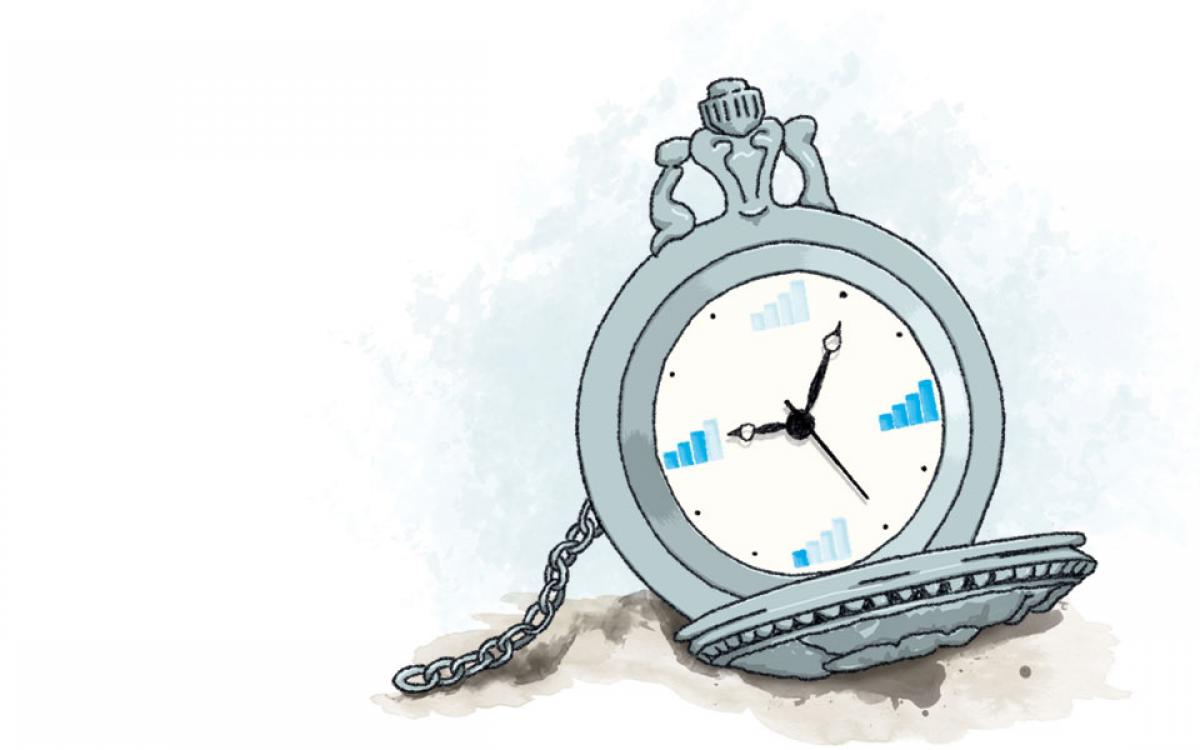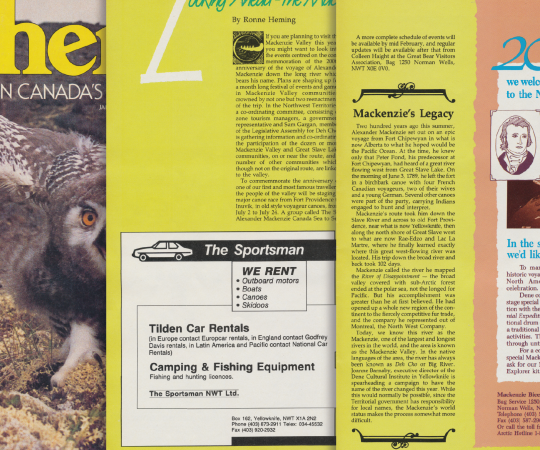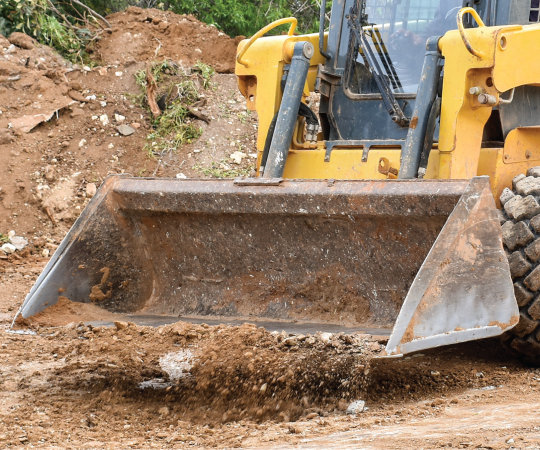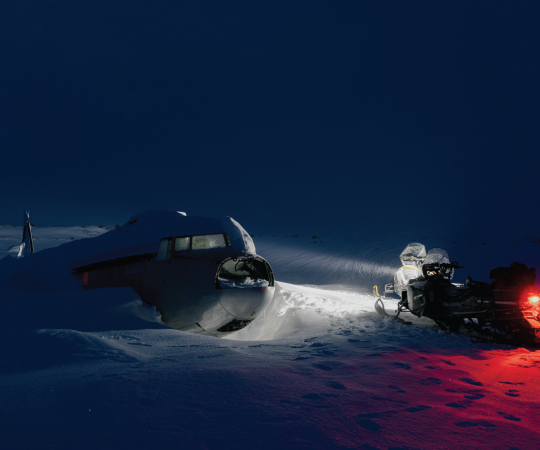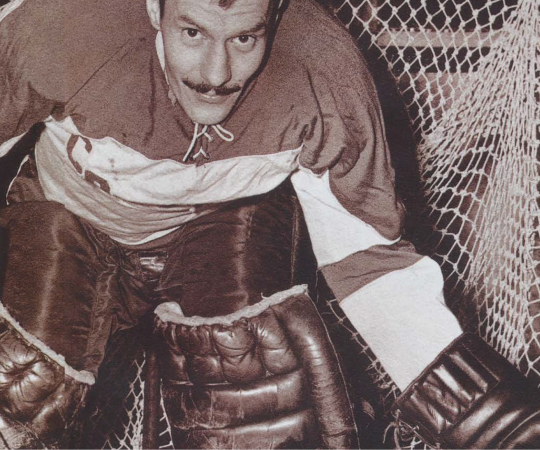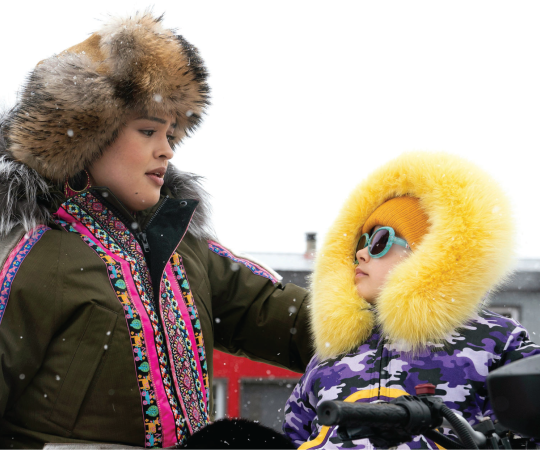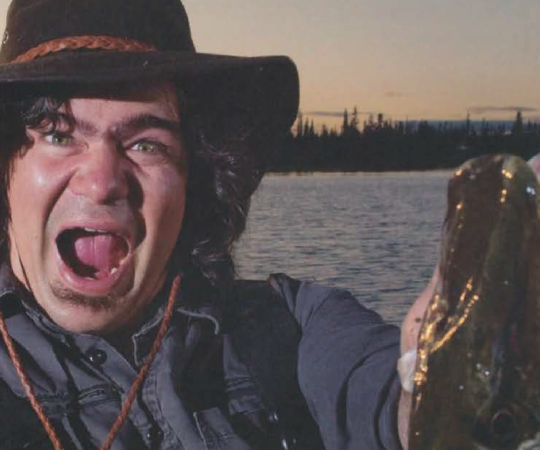The construction workers are back at the Amundsen Hotel for their lunch break. They’re sipping from mugs of hot coffee, chowing down on whatever the hotel is serving that day: grilled ham and cheese sandwiches with fries, maybe. I’m in my room, on the second floor, with a window that looks out on Gjoa Haven’s quiet, packed-dirt streets. When I peer out, I can see the bare land sloping away to my right, downhill past the unfinished building these workers have been flown in to build, down to the perfect, sheltered harbour that kept Roald Amundsen here for two winters—a haven for his boat, the Gjoa, which gave the town its name. To my left, I can see streets and houses petering out into the open tundra of King William Island. In front of me is the Rae Strait, its cold waters ice-free for summer.
I didn’t see the workers come in off the street, tromp into the dining room in their heavy work boots, strip off jackets and gloves and sit down for lunch. But I know they’re here. I’ve been telling time by their comings and goings for three days now. They leave the hotel around 8 or 8:30 a.m. They return for an hour-long lunch by noon. And they knock off for the day, settling into the dining room again around 5 p.m. for dinner—salad and a daily entrée, maybe a beef stirfry, with optional cake or brownies for dessert—before eventually heading up to their rooms for the evening. I can tell because whenever they leave, the hotel wifi starts working again. When they come home, I’m cut off once more from the outside world.
Gjoa Haven is remote even by Nunavut’s standards. It’s the only human settlement on King William Island, a place that’s best known for harbouring the ghosts of the lost Franklin expedition. After the abandonment of their ships, Franklin’s tattered, starving men made a grim death march across the island, hoping to reach the mainland and find help, and for years their bones scattered the land. These days, Gjoa Haven is connected to the outside world by prop plane—the infamous Kitikmeot milk runs that connect Cambridge Bay, Gjoa Haven, Taloyoak, and Kugaaruk before circling back to
Yellowknife. It’s a long haul, and when the cloud cover is thick the plane can’t even land here. I’ve already spent one
extra night.
Before coming here, I visited Iqaluit, Pond Inlet and Cambridge Bay. In each place, I was pleasantly surprised by the speed and the reliability of the internet at my hotels. (Things have improved since my first trip to Nunavut in 2012.) But when I first arrived in Gjoa Haven, I panicked: I had editors to keep in contact with, stories to file, and the Amundsen Hotel’s wifi seemed nonexistent. Relief came when the construction workers put away their phones and tablets and trooped out of the hotel the next morning, and my phone suddenly pinged with downloaded messages and emails.
Sure, it’s frustrating to pay nearly $300 per night for a hotel where the wifi shuts down when more than one or two guests are using it. It’s a symptom of how far our North has to go before people here can fully participate in the modern, online world. But after a day or two, I started to enjoy life on the hotel schedule. I worked efficiently while the other guests were gone, maximizing my access to the internet, and was forced to take breaks when they came home: Read a book, go for a walk, flip channels on the grainy TV. At home in Whitehorse, we joke about living on Yukon time. In Gjoa Haven, I adjusted to life on AIT: Arctic Internet Time.

